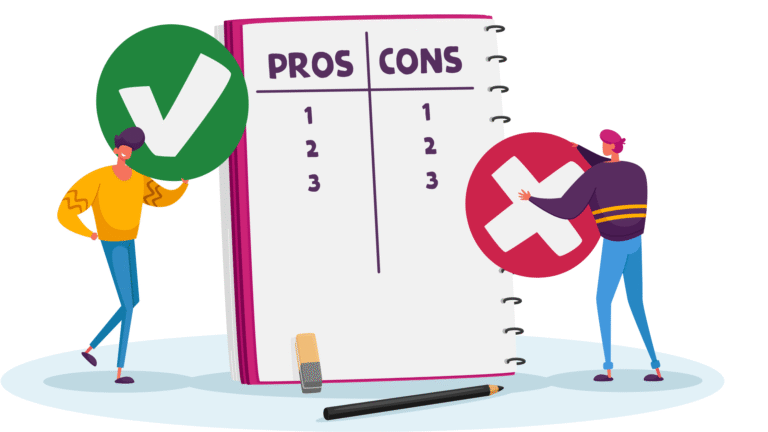As Australia accelerates toward a zero-emissions transport future, two key technologies are often in the spotlight—Battery Electric Vehicles (EVs) and Hydrogen Fuel Cell Electric Vehicles (FCEVs). While both are cleaner alternatives to internal combustion engines, they operate on different principles and come with unique advantages and challenges.
So, which one is right for Australian drivers? In this article, we break down the pros and cons of EVs and hydrogen vehicles to help you understand their differences—and where each technology may shine in our local context.
—
Table of Contents
- How EVs and Hydrogen Fuel Cell Vehicles Work
- Environmental Impact: Emissions and Energy Sources
- Refuelling and Charging Infrastructure in Australia
- Efficiency, Range, and Driving Experience
- Cost of Ownership: Upfront and Ongoing Expenses
- Summary Table: EVs vs. Hydrogen at a Glance
- FAQs
- Conclusion
—
1. How EVs and Hydrogen Fuel Cell Vehicles Work
🔋 Battery Electric Vehicles (BEVs):
- Powered by lithium-ion batteries.
- Charged by plugging into the grid or a solar-powered system.
- Drive motors use stored electricity directly.
🚛 Hydrogen Fuel Cell Vehicles (FCEVs):
- Store compressed hydrogen in tanks.
- Hydrogen reacts with oxygen in a fuel cell to create electricity.
- Electricity powers the electric motor—water vapor is the only byproduct.
Both are zero-emissions at the tailpipe but differ greatly in infrastructure and energy input.
—
2. Environmental Impact: Emissions and Energy Sources
🌿 EVs:
- Zero tailpipe emissions.
- Emissions depend on electricity source—cleanest when powered by renewables (solar, wind).
- Solar home charging allows for 100% renewable driving.
💨 Hydrogen FCEVs:
- Also emit only water vapour.
- Most hydrogen today is produced using fossil fuels (“grey hydrogen”).
- Cleaner “green hydrogen” from electrolysis using renewable energy is emerging—but limited in Australia.
⚖️ Verdict: EVs are currently cleaner overall due to greater access to renewables in the electricity grid and home solar.
—
3. Refuelling and Charging Infrastructure in Australia
🏡 EVs:
- 90% of EV charging happens at home.
- Public networks like Chargefox, Evie, and Tesla Superchargers cover major cities and highways.
- Charging time ranges from 30 minutes (fast chargers) to 8 hours (home chargers).
⛽ Hydrogen:
- Currently only two public hydrogen refuelling stations in Australia (both in Canberra and Melbourne).
- Refuelling takes 3–5 minutes, similar to petrol.
- Infrastructure roll-out is focused more on heavy transport (trucks, buses) than private cars.
⚖️ Verdict: EVs win for availability and convenience of refuelling.
—
4. Efficiency, Range, and Driving Experience
🔋 EV Efficiency:
- ~70–90% efficient from battery to wheels.
- Typical range: 300–600 km.
- Smooth, instant torque and quiet drive.
🚀 Hydrogen Efficiency:
- ~30–40% efficiency (energy lost in hydrogen production and conversion).
- Typical range: 500–650 km.
- Comparable driving experience to EVs, with silent operation and smooth acceleration.
⚖️ Verdict: EVs are more energy-efficient and already suitable for most driving needs. Hydrogen may be better suited for longer hauls in commercial applications.
—
5. Cost of Ownership: Upfront and Ongoing Expenses
💰 EVs:
- Prices in Australia start from ~$40,000.
- Government rebates available (e.g., NSW and VIC offer up to $3,000).
- Lower running costs (home charging, fewer maintenance needs).
💰 Hydrogen:
- Currently few consumer models available (e.g., Hyundai NEXO).
- Refuelling cost ~$15–$25 per 100 km (more than EVs).
- Higher initial cost, limited availability.
⚖️ Verdict: EVs are more affordable today, both upfront and over time, for Australian consumers.
—
6. Summary Table: EVs vs. Hydrogen at a Glance
| Feature | EVs | Hydrogen Fuel Cell Vehicles |
|---|---|---|
| Energy Source | Electricity | Hydrogen gas |
| Refuelling Time | 30 mins – 8 hrs | 3–5 minutes |
| Infrastructure in Australia | Extensive & growing | Extremely limited |
| Efficiency | High (~70–90%) | Lower (~30–40%) |
| Emissions (full lifecycle) | Low (esp. with renewables) | Medium (unless using green H₂) |
| Range | 300–600 km | 500–650 km |
| Cost to Run | $2–6 per 100 km | $15–25 per 100 km |
| Vehicle Availability | Many models available | Very limited models in Australia |
—
FAQs
🚗 Are hydrogen cars better than EVs?
Not necessarily. Hydrogen may be better for heavy transport or long-range applications, but EVs are currently more practical for personal use.
🧪 Is hydrogen safe to drive with?
Yes—hydrogen vehicles meet strict safety standards, and tanks are heavily reinforced. However, public perception and infrastructure are still barriers.
⚡ Can I buy a hydrogen car in Australia?
As of 2025, hydrogen vehicles like the Hyundai NEXO are available only via select fleet programs or limited trials—not widespread consumer sales.
🏠 Can I install a hydrogen system at home?
No—home refuelling is not possible with hydrogen due to the high pressure and specialist infrastructure required.
—
Conclusion
Both EVs and hydrogen vehicles play a role in Australia’s clean transport future—but they serve different needs. Battery electric vehicles are ideal for the majority of personal drivers due to better efficiency, lower running costs, and strong infrastructure support.
Hydrogen vehicles, while promising for freight and long-haul transport, remain a niche option for private drivers—mainly due to availability, cost, and infrastructure constraints.
⚡ For most Aussie households today, EVs remain the smartest, cleanest, and most accessible path to sustainable driving.
—
Compare EVs vs. hydrogen fuel cell vehicles for Australian drivers. Learn about pros, cons, efficiency, emissions, and cost of ownership in 2025.
